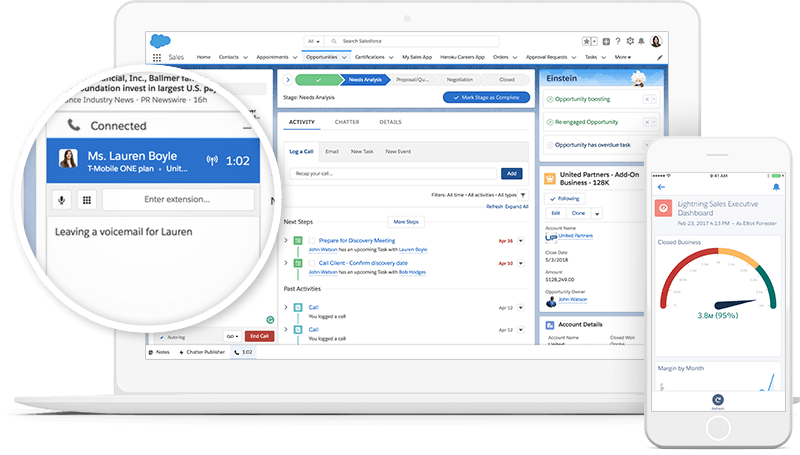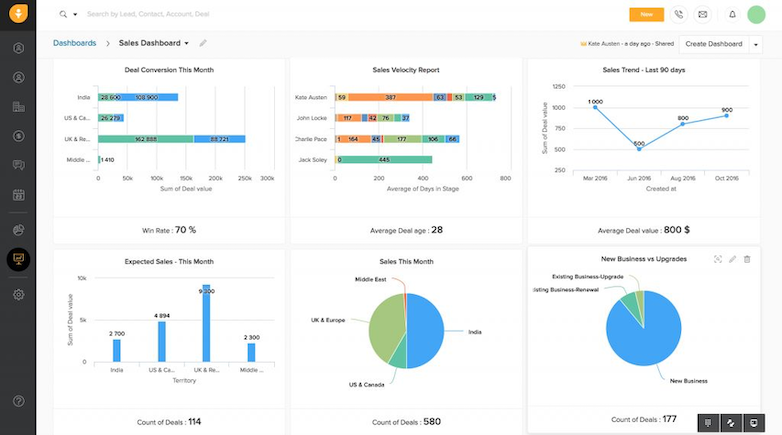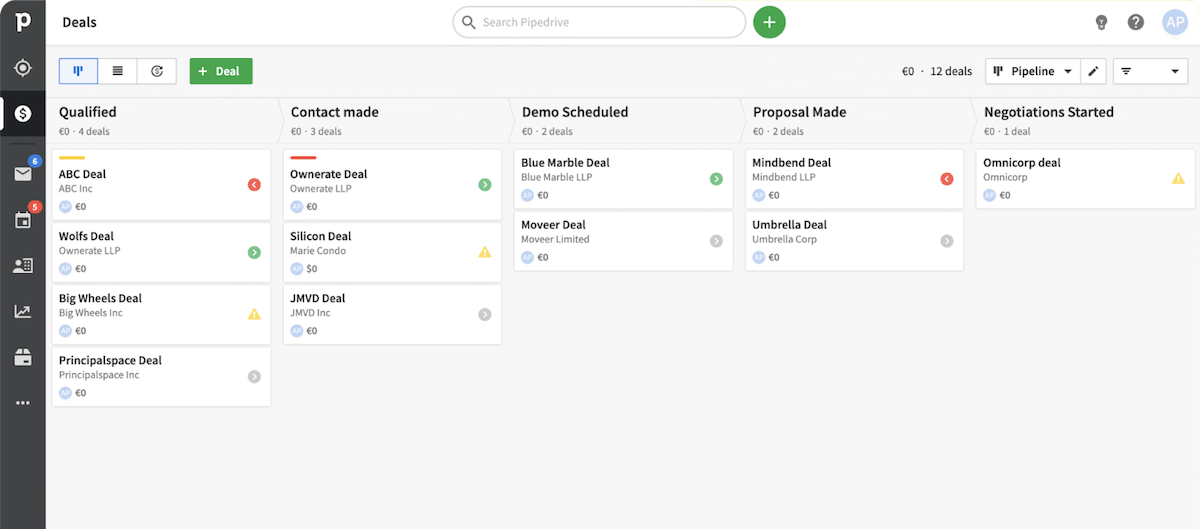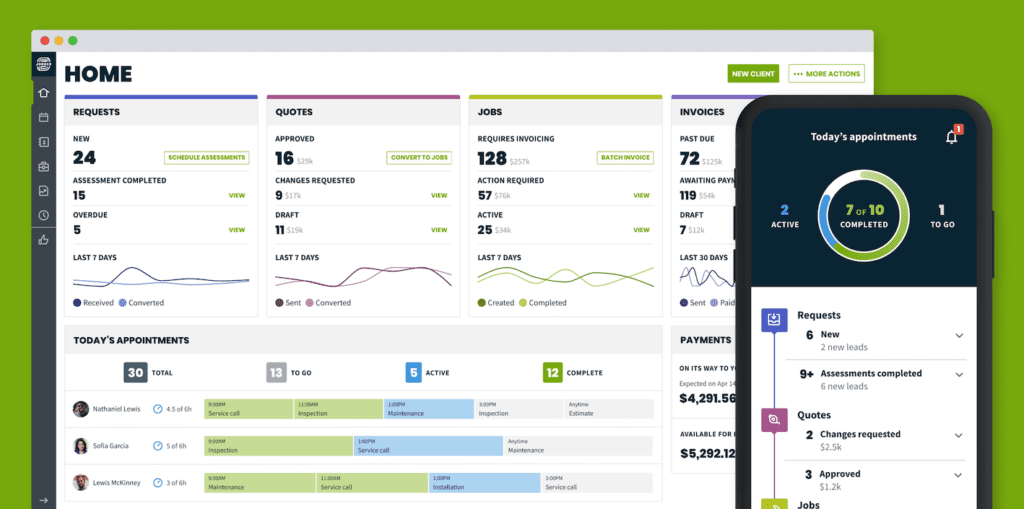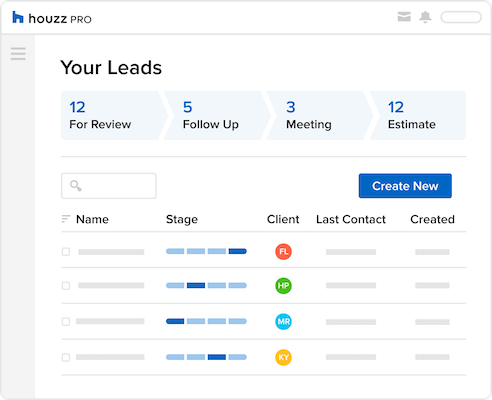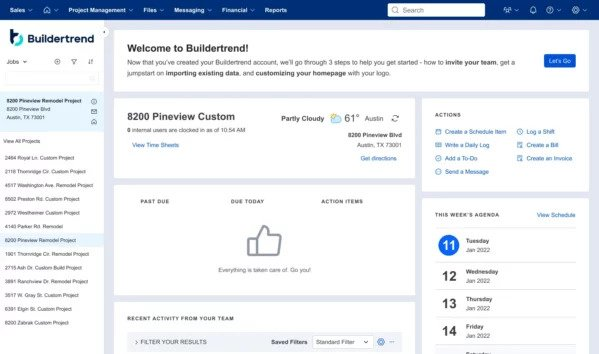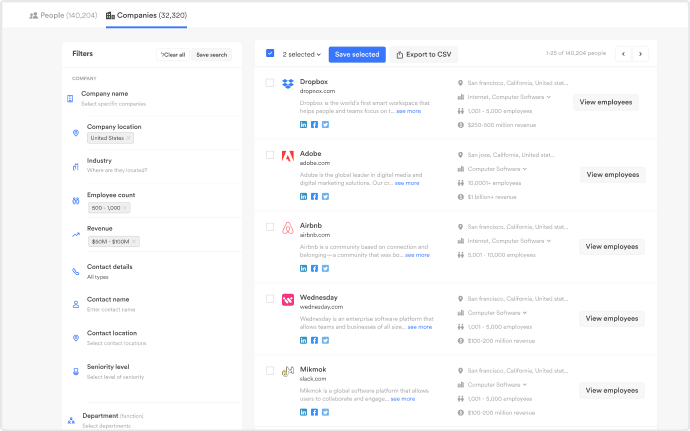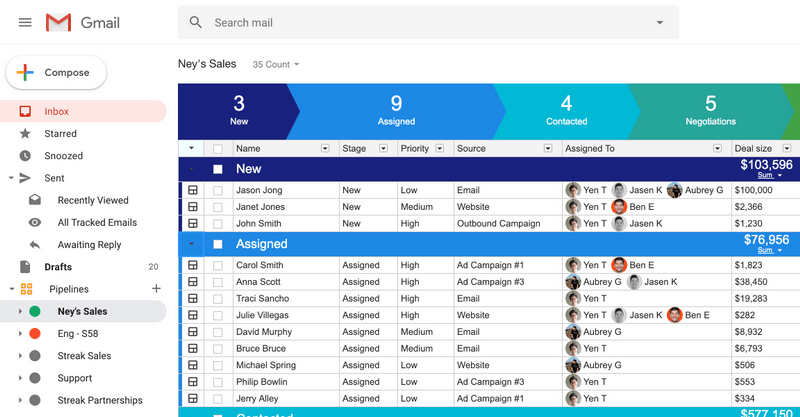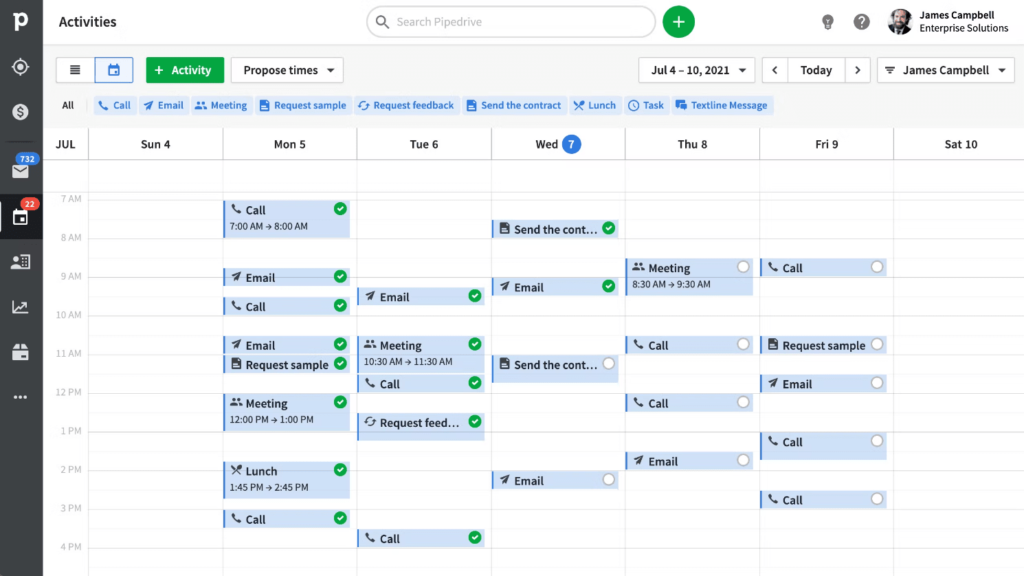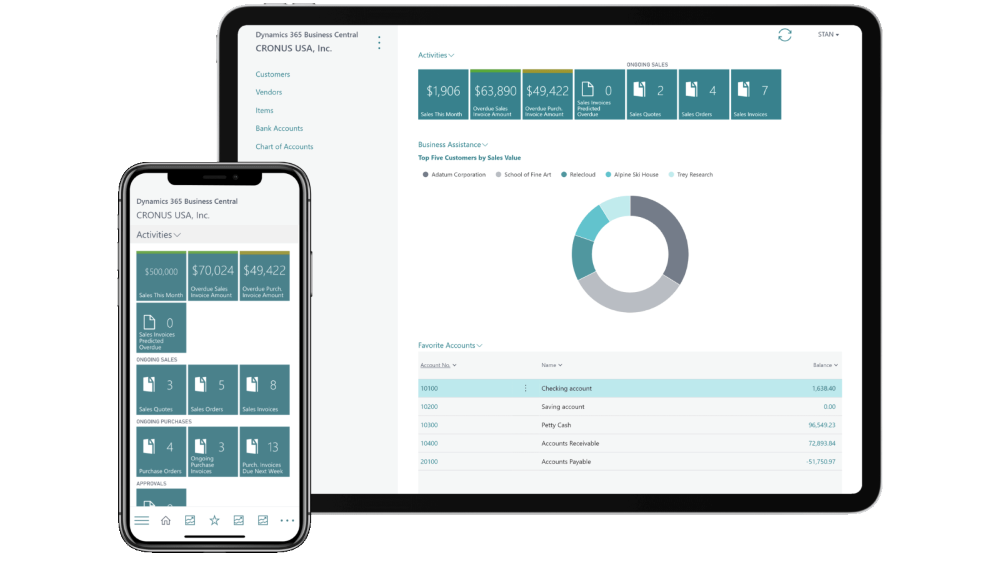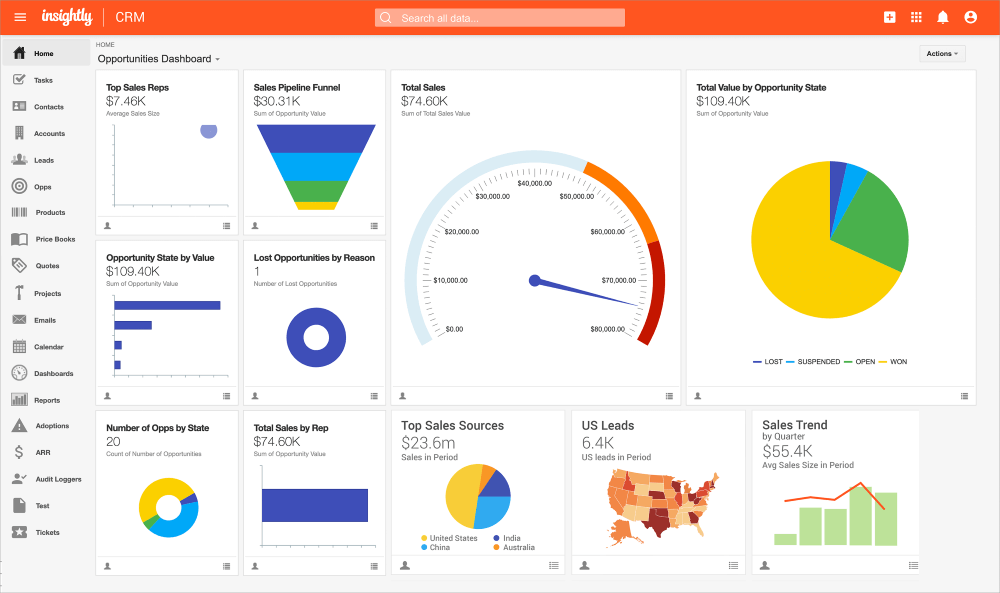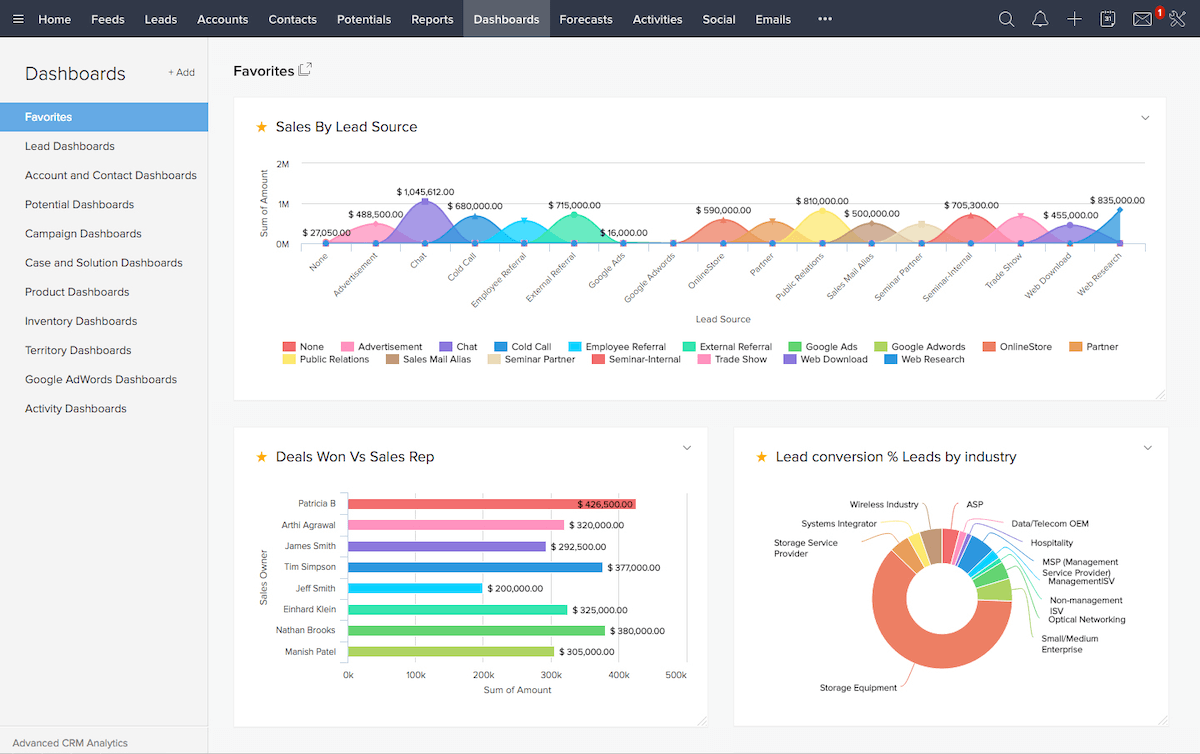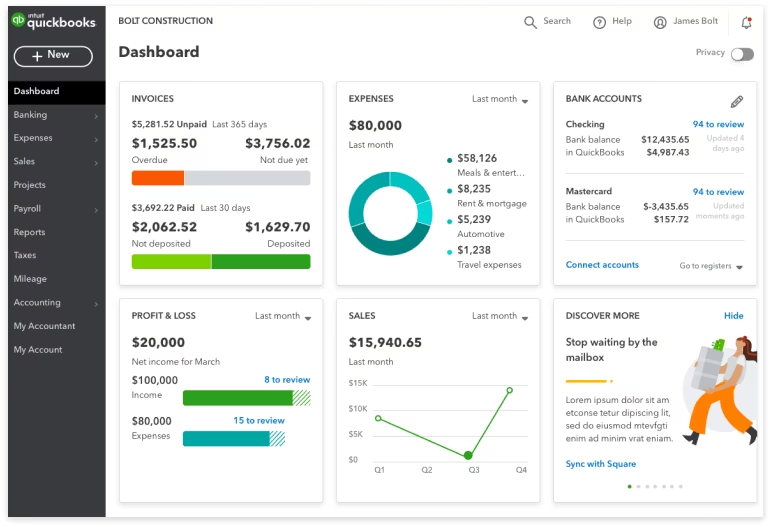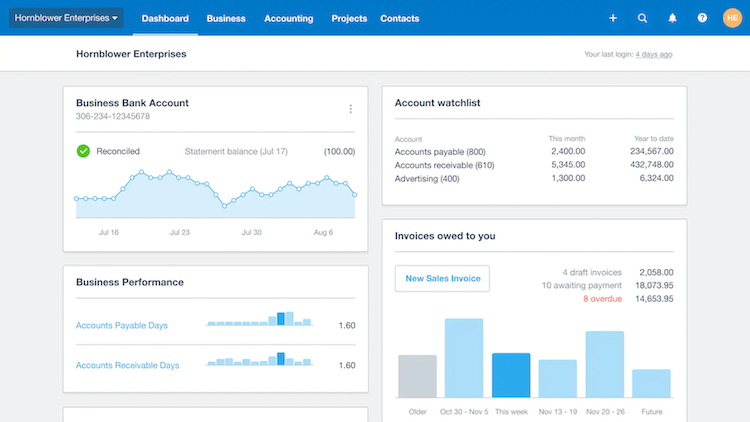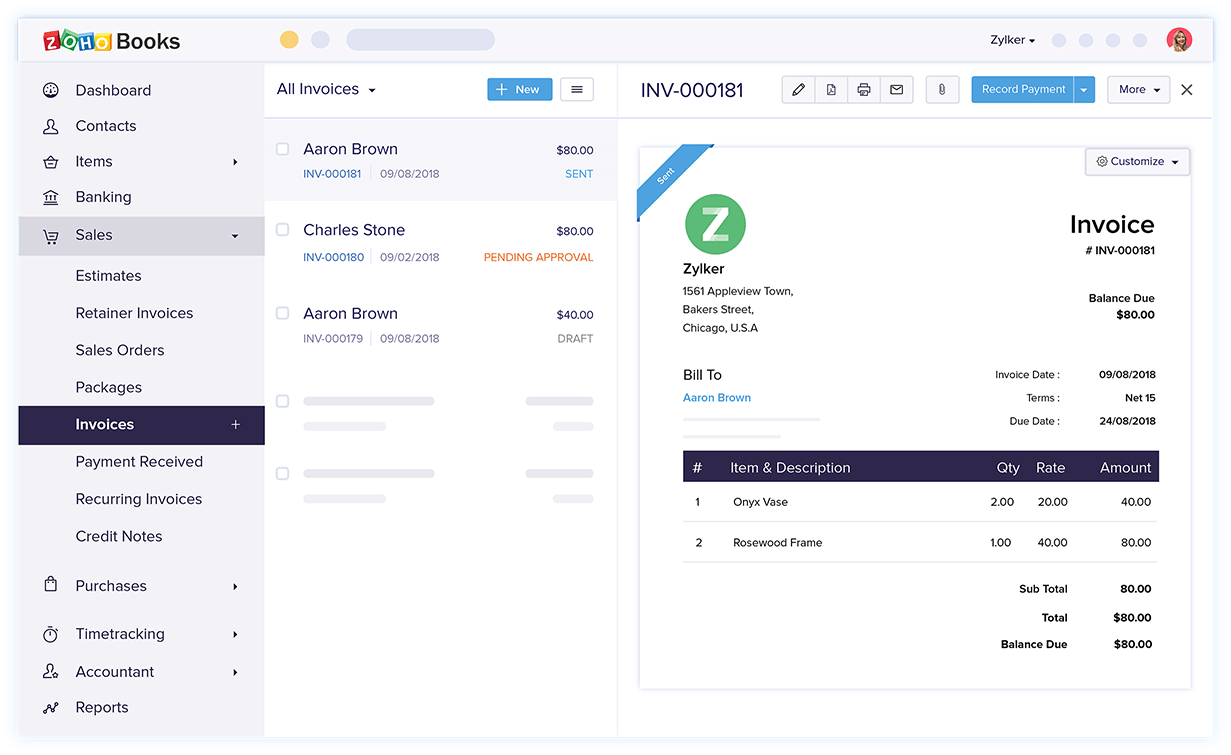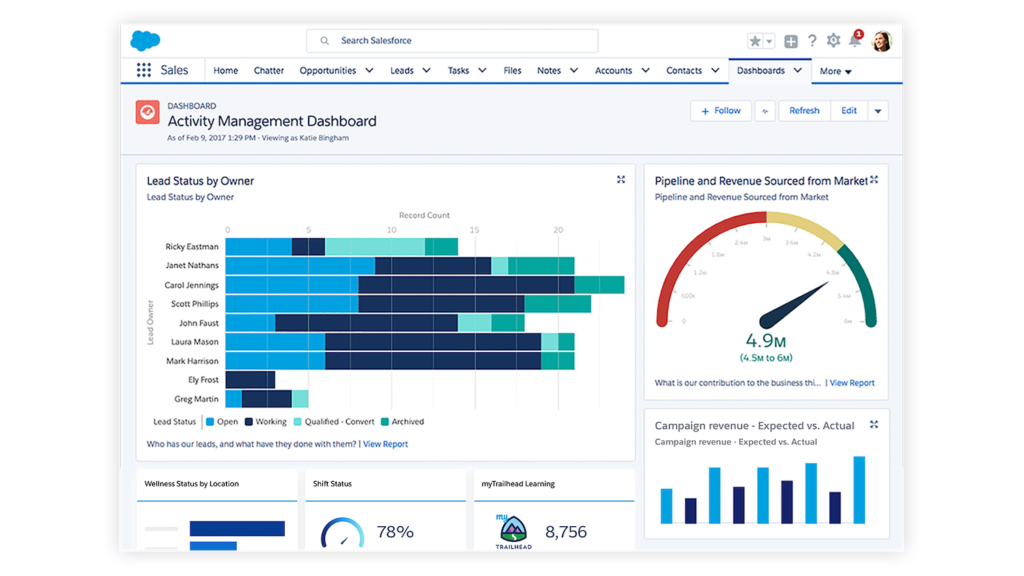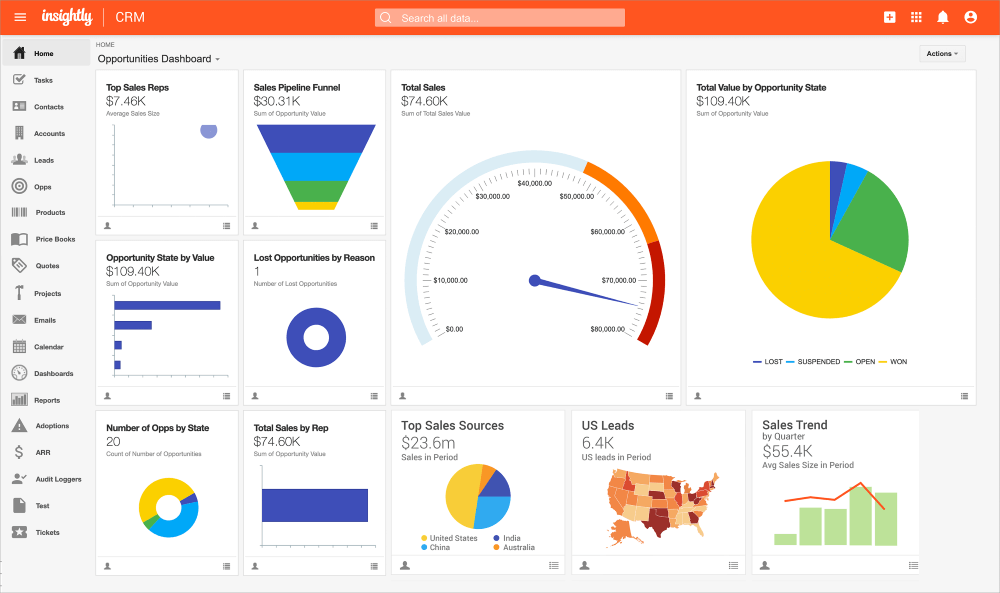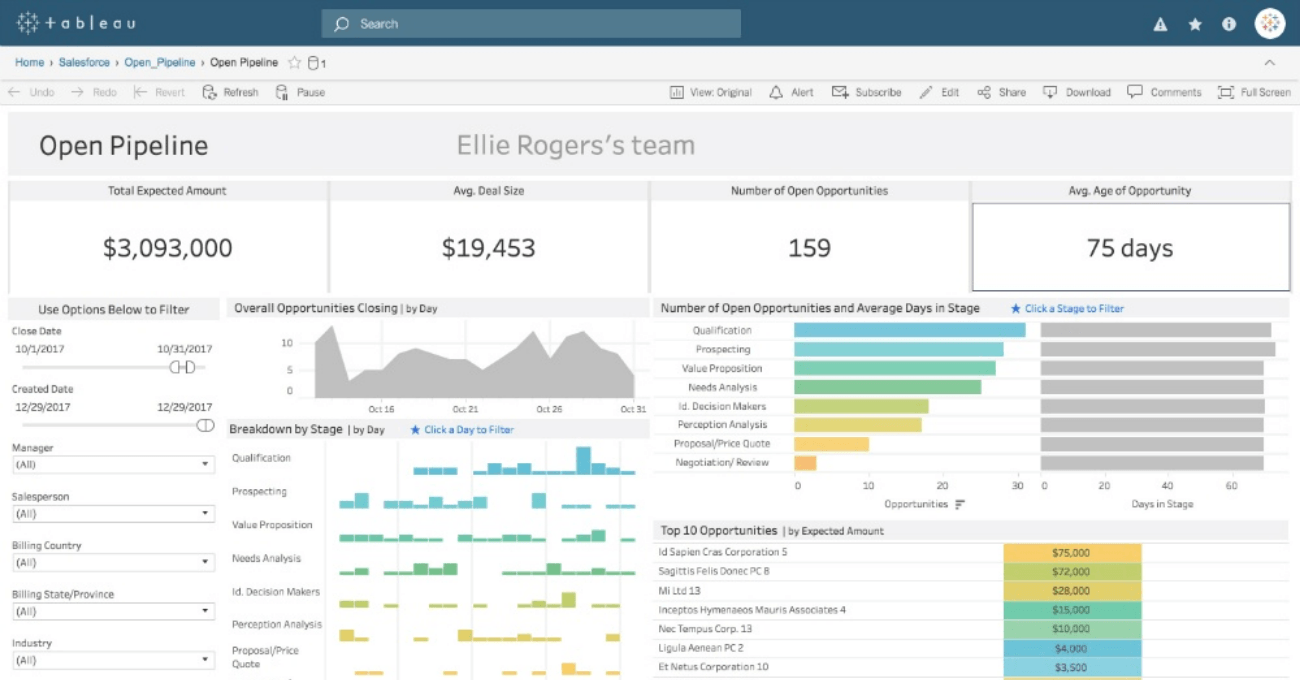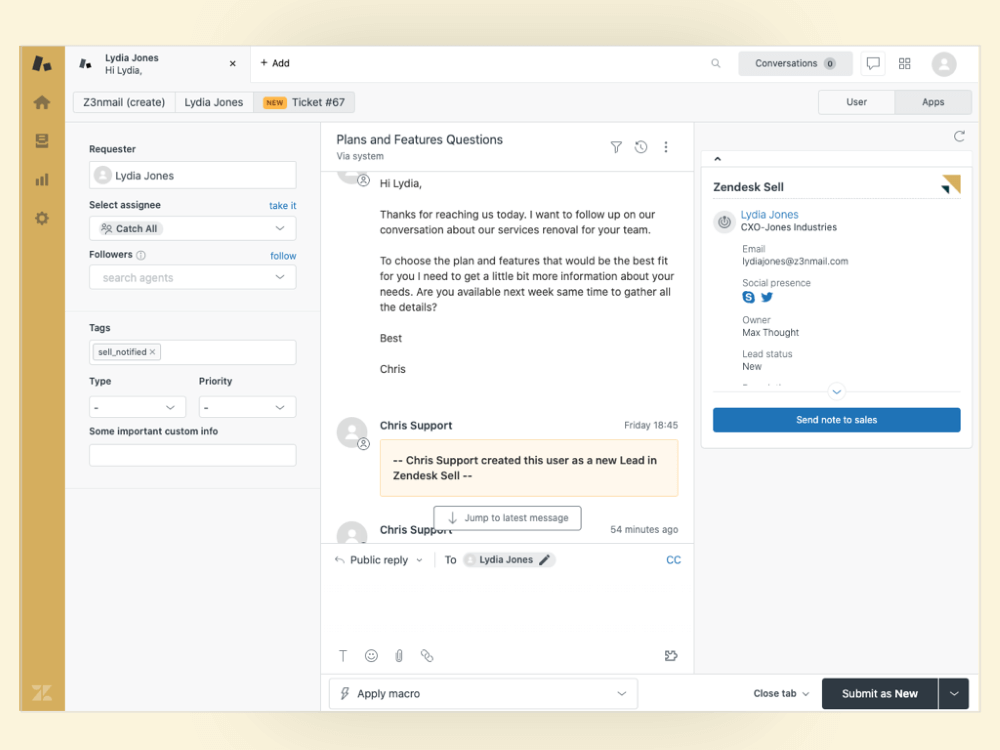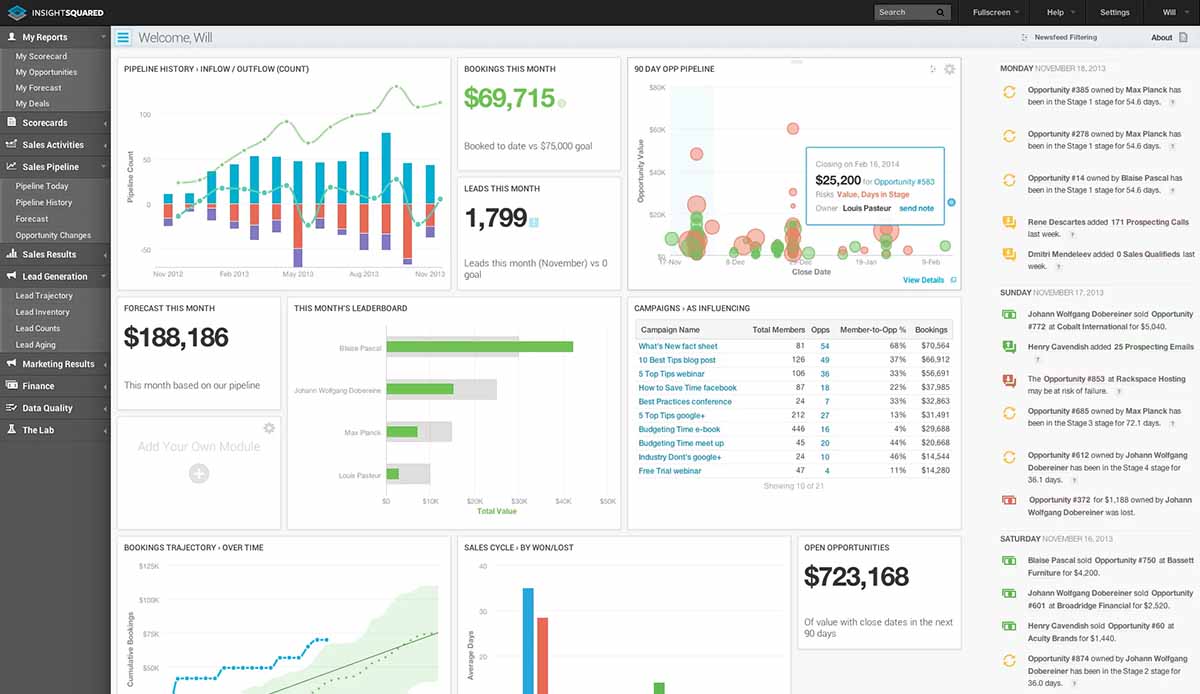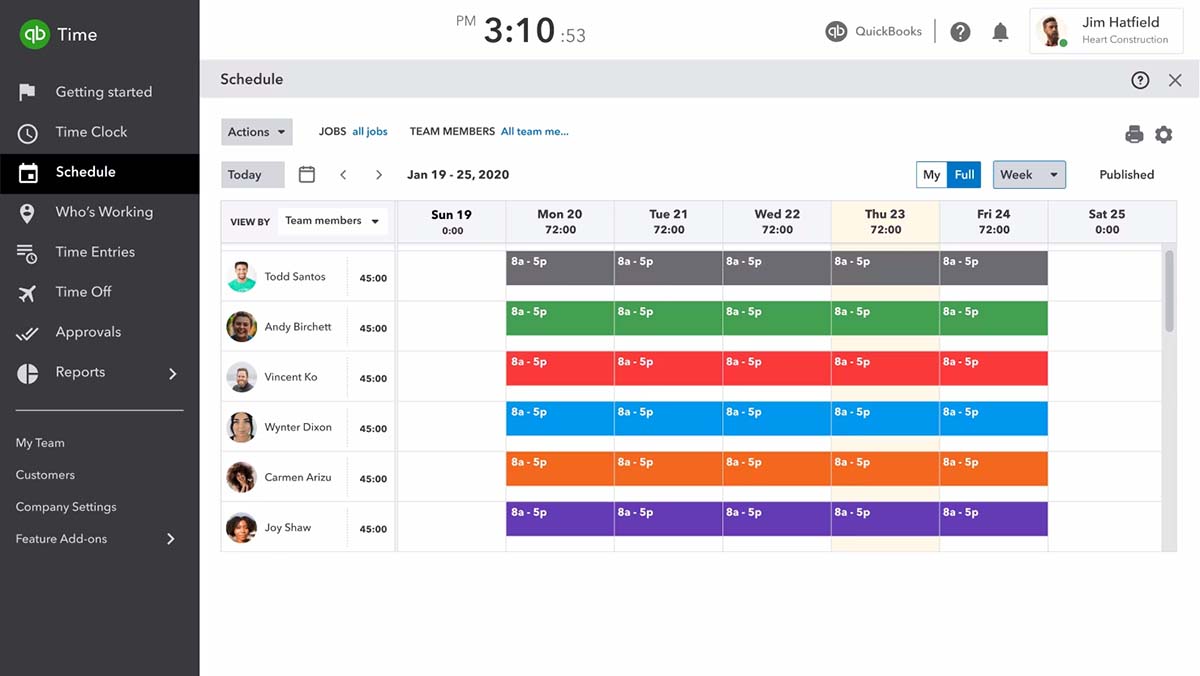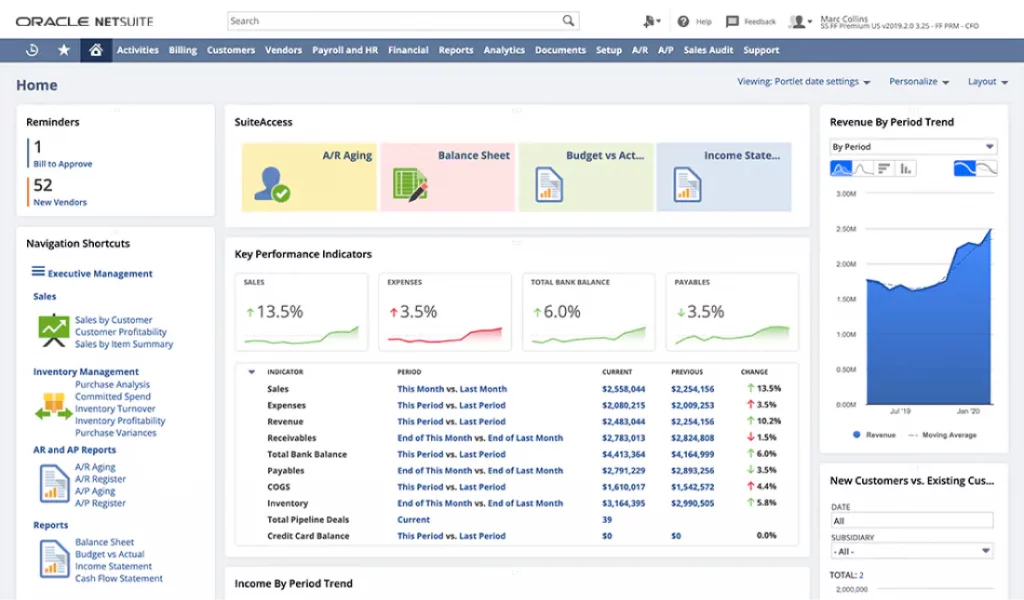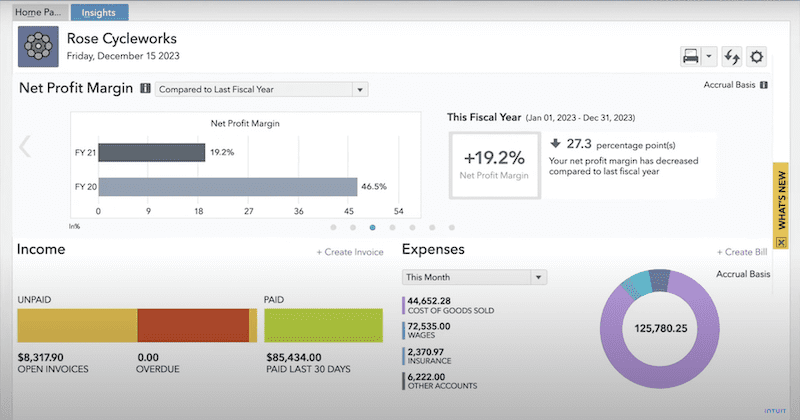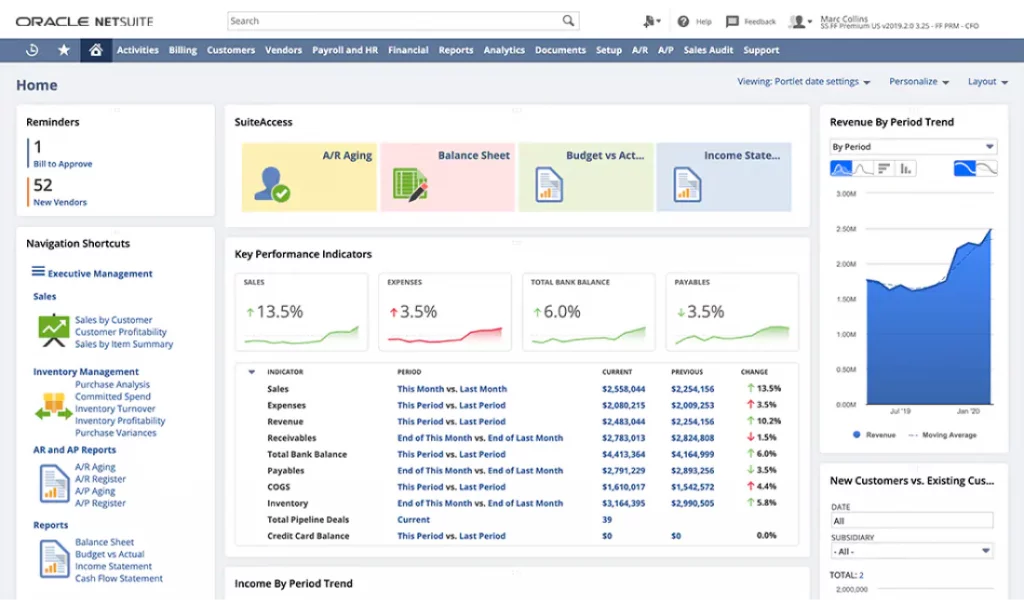30.9% of retailers report being unable to track customers across devices. With nearly a third of customers in total darkness, businesses can’t provide the same level of engagement and support that they do for the people they’re actively tracking.
Customer tracking software serves as the perfect solution, giving you a complete grasp of all your customers. With software, you keep all your customers happy without letting anyone fall through the cracks.
Keep reading to learn:
- What customer tracking software is and why you need it.
- The precise customer information you should be tracking.
- Your top five options currently on the market.
Let’s dive in!
What is customer tracking software?
Customer tracking software is a specialized tool that stores comprehensive customer data and monitors customer interactions. It also:
- Analyzes customer behavior.
- Enhances customer relationship management (CRM).
- Automates sales processes.
- Streamlines marketing campaigns.
Whether you’re accessing it through a mobile app or a dashboard on your computer, this software offers a centralized place for you to manage and navigate all customer-related information.
Benefits of using customer tracking software
Using a customer tracking platform offers numerous benefits. It:
- Simplifies access to customer information, making it easier for teams to personalize customer experiences and promote long-term customer relationships.
- Enables data-driven decision-making so you can evaluate and improve performance.
- Assists in identifying weak points in sales pipeline strategies, ensuring that you nurture and convert leads more effectively.
- Facilitates task automation and time management, freeing up your sales agents to focus on enhancing the customer experience.
- Generates performance reports so companies can track their marketing ROI and adjust strategies accordingly.
What customer information should you track?
Track downloads to better understand customers
By tracking downloads, you can analyze what’s most appealing to your customers. This data-driven approach offers insights into customer needs and preferences, allowing for more targeted strategies.
Track purchase history to gauge what customers want
Purchase history provides a clear record of what products or services a customer prefers. This data makes it easy for you to:
- Personalize offers.
- Enhance customer satisfaction.
- Improve lead nurturing and conversion.
Track customer contact information so you can reach them
Having a system that manages contact information efficiently is crucial as it facilitates effective communication with customers. Whether it’s logging details like their name and phone number or tracking interactions like emails and chat conversations, having organized and updated contacts ensures that you can connect with your customers with ease.
Track your sales funnel to understand your sales process
Monitoring the sales funnel helps in identifying where potential clients drop off or where deals stagnate. This helps your company pinpoint areas for improvement, facilitating an efficient sales process.
Track traffic channels to gauge your marketing ROI
Understanding where your traffic comes from enables tracking of marketing ROI. This information helps you evaluate the effectiveness of your marketing strategies and adjust them for better results.
Track email metrics to check customer engagement
Email metrics, such as open rates and click-through rates, provide valuable information about customer engagement. By monitoring them, you can measure your email campaigns’ effectiveness to capture and maintain customer interest.
Connecting sales and marketing teams through customer tracking software
This software acts as a bridge between sales and marketing teams, joining their efforts and ensuring they work in harmony. You can automate processes and monitor progress in sales and marketing from a centralized place.
Utilizing customer tracking software for sales team and marketing campaigns
Implementing a customer tracking solution lets your sales team organize and manage contact information efficiently. Also, its analytics feature provides insights into customer behavior for your marketing campaigns.
Automating tasks with customer tracking software
From updating customer statuses to segmenting contacts, automation is key. It saves time and reduces mistakes by ensuring that no customer support tickets or important notes get missed.
Measurement and reporting on campaigns
A customer tracking platform helps in measuring and reporting on campaigns. With its reporting and analytics functionalities, you can monitor the effectiveness of your online marketing efforts and make data-driven decisions. As a result, you optimize every campaign for maximum impact.
Building long-term relationships with customer tracking software
This software offers customizable features and functionalities that promote long-term customer relationships through personalized service.
Establishing custom fields and segments
For one, you can establish custom fields and segregate your customers into specific segments. Organizational tools let you tailor service to every customer, enhancing their overall experience.
Getting real-time insights into customers’ experiences
A customer tracking platform provides real-time customer insights. Whether it’s feedback on a product or notes on a recent customer service interaction, you can respond promptly to deliver top-notch customer support.
Use third-party integrations to personalize experiences
This software also integrates with other software solutions, including Salesforce and other third-party business tools. Seamless integration supports personalized customer experiences, ensuring that every interaction caters to the needs and preferences of individual buyers.
Streamlining sales funnel and processes with customer tracking software
A customer tracking app is invaluable if you’re looking to optimize your sales process. Here’s why.
Improving potential conversions with effective lead nurturing
Effective lead nurturing is essential if you’re looking to convert potential customers. This software improves lead nurturing and conversion by offering tools that create tailored strategies for each lead. This enhances the customer’s journey and promotes long-term customer relationships.
Identifying weak points in the sales pipeline
One of the standout features of this software is its ability to provide real-time insights into the sales pipeline. By analyzing these reports, you can identify and address any weak points and bottlenecks, ensuring an efficient sales process.
Streamlining the sales funnel with automation tools
Automation tools let you streamline your sales funnel. From automatically updating lead statuses to syncing essential customer data, these tools ensure that you never overlook a potential customer.
How to select the best customer tracking software
Choosing the right software is difficult for any business and for any process. Here are key some key factors to consider:
User interface (UI)
A software’s UI should be intuitive and user-friendly so all users, whether tech-savvy or not, can navigate its features with ease.
Usability
Beyond the UI, the overall usability of the software is essential. You should be able to implement it easily for minimal disruption. Once configured, it should be straightforward and free of performance issues.
Integrations
Choose software that integrates with the other tools and platforms that your business uses. This way, your data flows seamlessly between systems, enhancing efficiency and ensuring that all your customer data is up to date.
Pricing
While features and functionality are crucial, pricing is also a significant consideration. You should look for software that offers a good balance between cost and functionality to get the best value.
Best customer tracking software solutions
Method CRM
Method CRM is the #1 customer tracking solution for QuickBooks and Xero users.
Its seamless two-way sync with your accounting software eliminates issues around double data entry and keeps your files accurate and up to date.
Method also offers a mobile CRM app for teams on the go and free trial, so you can try before you buy.
LiveAgent
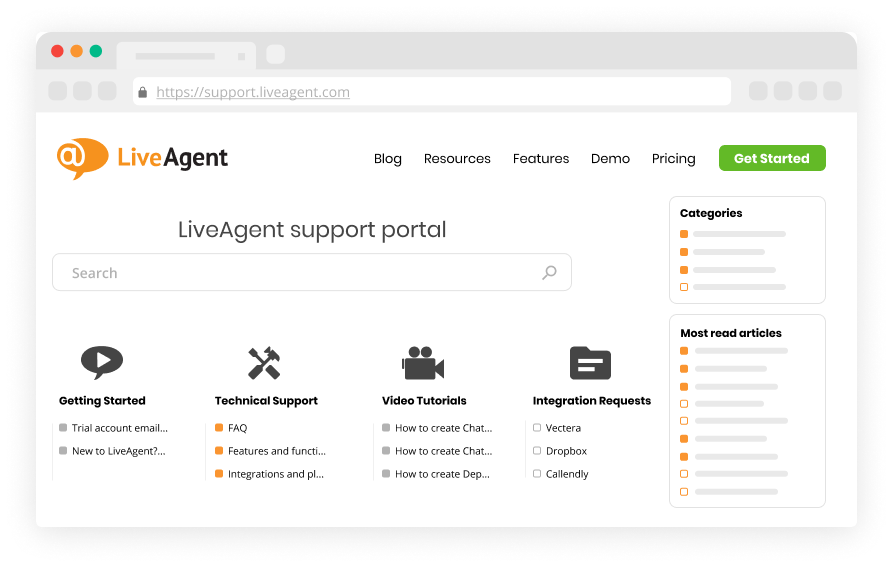
Image credit: LiveAgent
LiveAgent is a popular Help Desk solution for small to midsize e-commerce businesses.
LiveAgent is most renowned for its impressive live chat functionality, but it offers several other features that enhance the customer experience.
For example, the software has a ticket management service and online self-service portals, making it a great choice if you’re looking to improve customer service.
Users can choose between a range of plans, including a free version.
Hiver
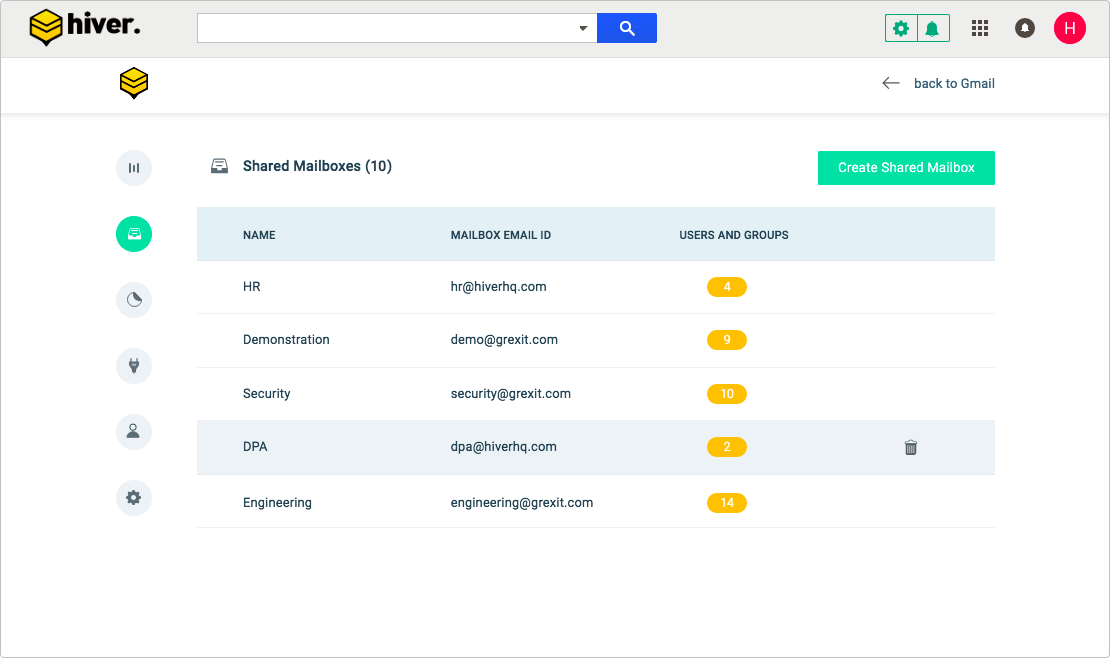
Image credit: Hiver
Hiver is a Gmail-based communication and collaboration platform that helps you improve your team dynamics and engage meaningfully with customers and vendors.
It’s a great customer tracking tool for Google Workspace users looking for an easy-to-use, service-oriented solution.
With Hiver, you can collaborate on shared Gmail inboxes, standardize communications, and access support at any time. It also boasts world-class security and compliance, ridding you of audit-related headaches.
Bigin by Zoho CRM
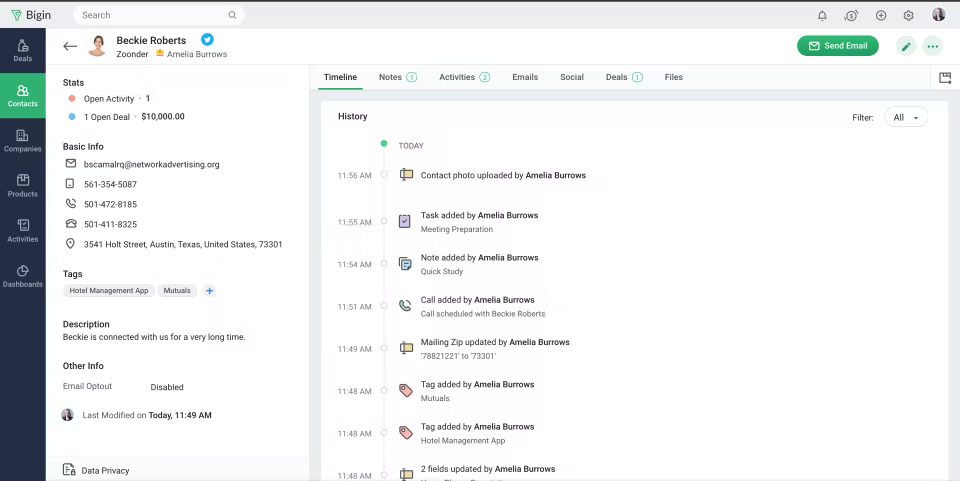
Image credit: Capterra
Bigin is a “pipeline-centric CRM” created by Zoho. It’s easy to use and inexpensive, making it a good starting point for small businesses.
Bigin’s key features include:
- Real-time notifications.
- Customizable web forms.
- Personalized list views and smart filters.
- Built-in telephony system.
While it offers several customer tracking tools, note that Bigin’s overall automation capabilities are lacking.
Jitbit Helpdesk
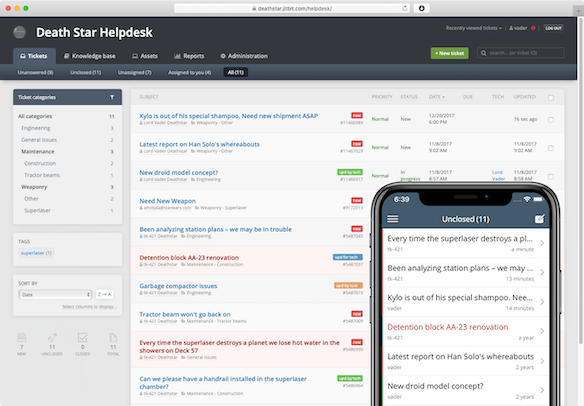
Image credit: JitBit
Jitbit is a help desk automation software designed to simplify customer support processes. It features automated triggers that:
- Send canned responses.
- Track customer requests.
- Assign tickets to technicians with due dates.
By taking these routine tasks off your plate, Jitbit lets your support team focus more on assisting customers.
Key takeaways
No matter the size, industry, or purpose of your business, you should track your customers efficiently.
Now that you’re equipped with the knowledge of so many great customer tracking options out there, there’s no excuse to neglect organizing and monitoring your interactions.
Overall, this software saves you from the aggravation of tracking customers manually and the impending doom of not tracking them at all.
FAQs
How can customer tracking software improve my business?
This software improves business by:
- Centralizing customer data
- Providing real-time insights into customer behavior.
- Simplifying sales processes.
- Enhancing lead nurturing.
- Facilitating personalized interactions.
What features should I look for in a customer tracking software?
No matter your industry, look for features like:
- Real-time analytics.
- Automation tools.
- Integration capabilities.
- Customization options.
How much should I invest in customer tracking software?
Your investment in customer tracking software depends on your business’ size, needs, and growth goals. While pricing is an essential consideration, it’s important to prioritize software that offers a balance between cost and functionality.
Start your free trial of Method, your most vital partner (MVP) in customer tracking.
Image credit: Yan Krukau via Pexels



